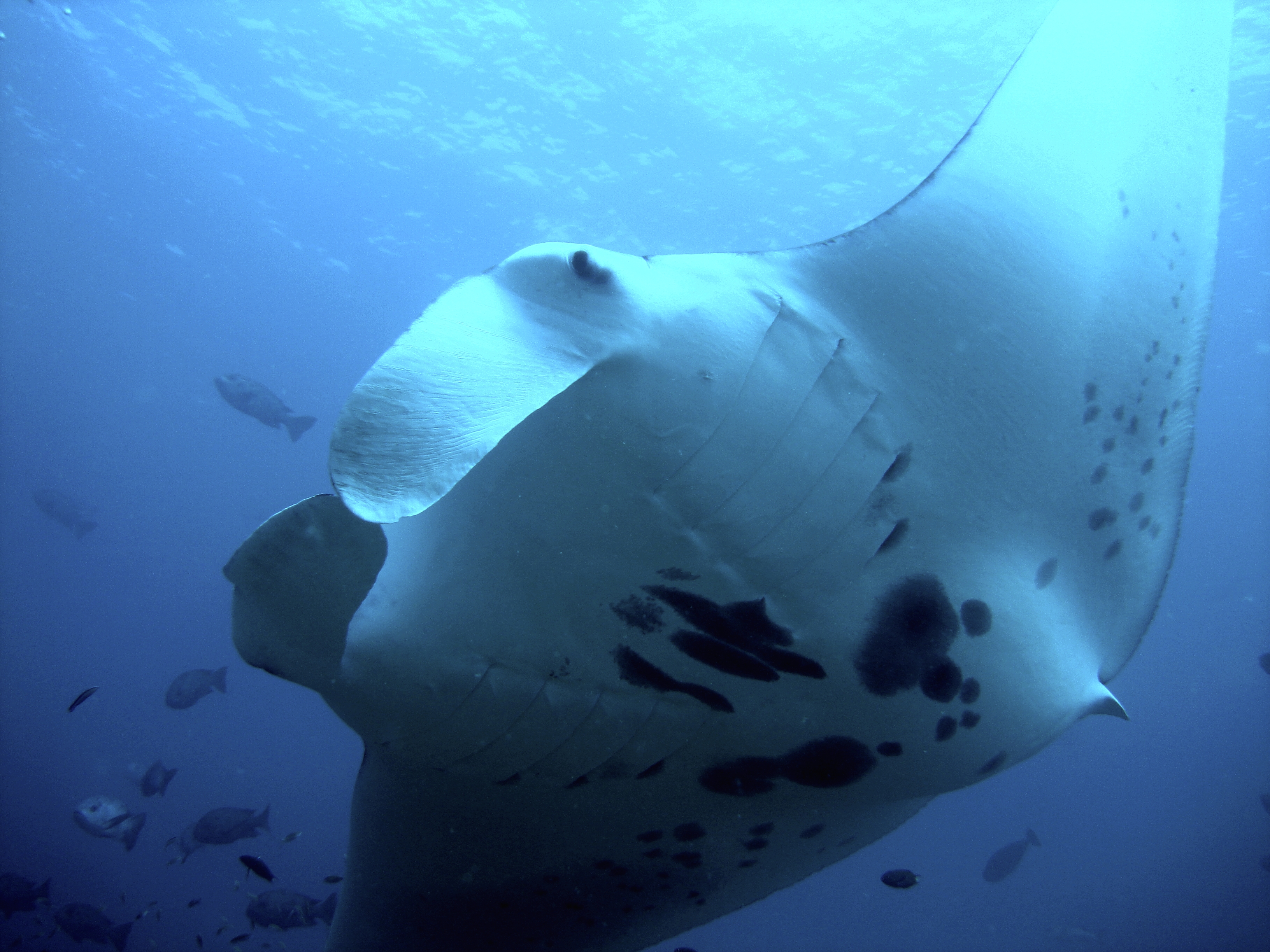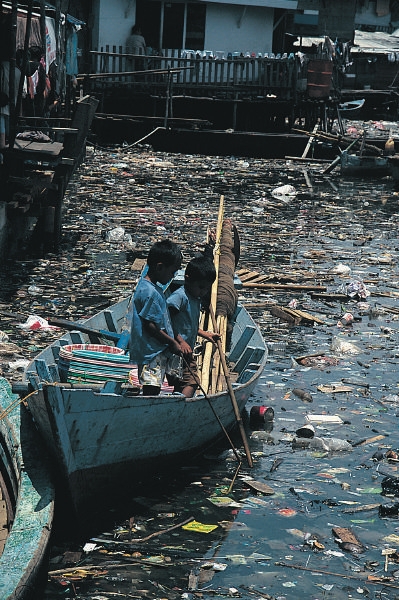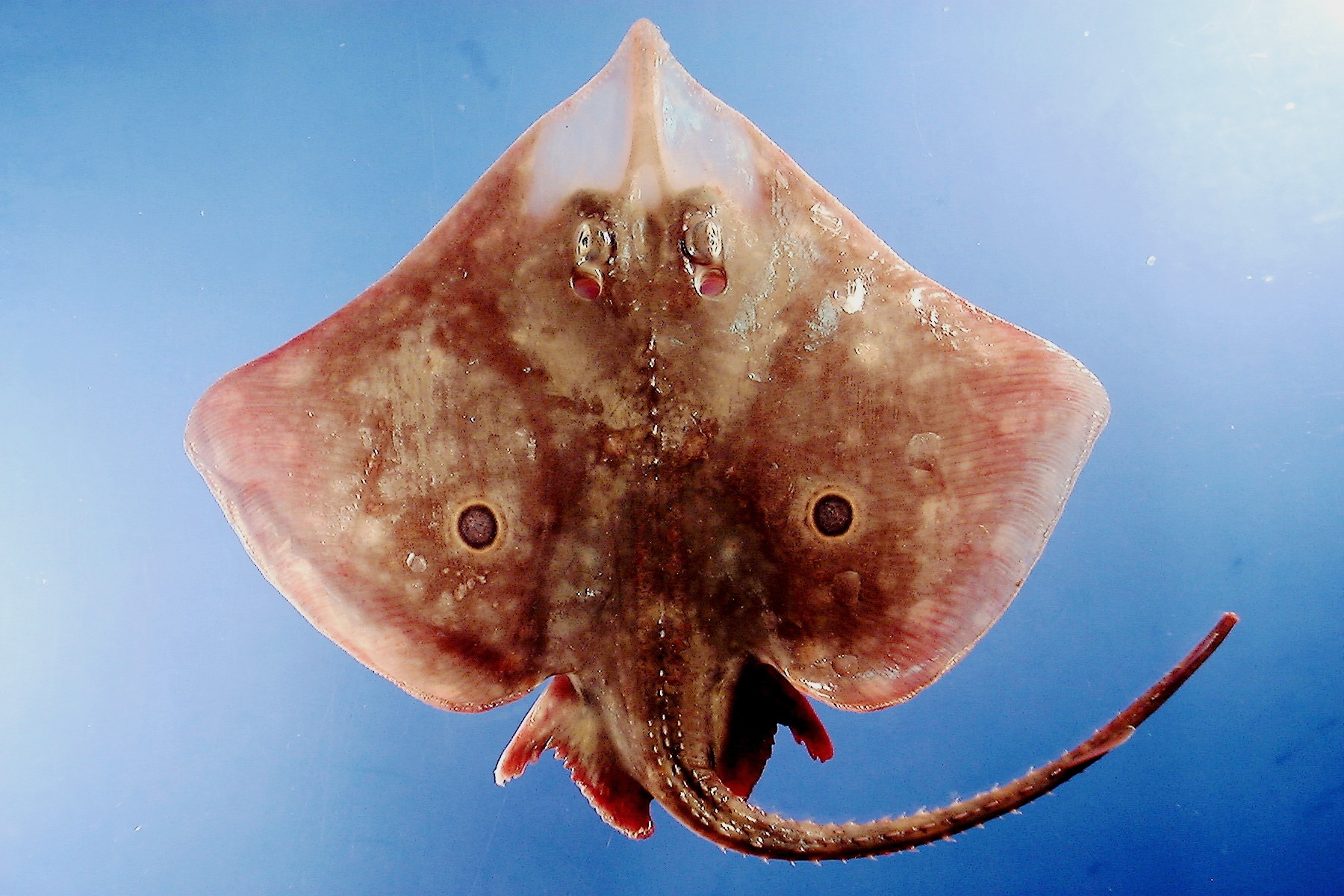|
List Of Threatened Rays
__NOTOC__ Threatened rays are those vulnerable to endangerment (extinction) in the near future. The International Union for Conservation of Nature ( IUCN) ranks threatened species in three categories: :: Vulnerable species :: Endangered species :: Critically endangered species The term ''threatened'' strictly refers to these three categories (critically endangered, endangered and vulnerable), while ''vulnerable'' is used to refer to the least at risk of these categories. The terms can be used somewhat interchangeably, as all ''vulnerable'' species are threatened, all ''endangered'' species are vulnerable and threatened, and all ''critically endangered'' species are endangered, vulnerable and threatened. Threatened species are also referred to as a red-listed species, as they are listed in the IUCN Red List of Threatened Species. Together rays and sharks make up the class of modern cartilaginous fishes. Modern fish are either cartilaginous or bony. Cartilaginous fishes ... [...More Info...] [...Related Items...] OR: [Wikipedia] [Google] [Baidu] |
Manta Alfredi Fushivaru Thila
Manta or mantas may refer to: * Manta ray, large fish belonging to the genus ''Manta'' Arts and entertainment Fictional entities * Manta (comics), a character in American Marvel Comics publications * Manta (Uridium), Manta (''Uridium''), a spaceship in the British computer game ''Uridium'' * Manta Oyamada, a character in the Japanese manga series ''Shaman King'' * Manta and Moray, amphibious superheroes from the 1970s TV series ''Tarzan and the Super 7'' Film * ''Manta, Manta'', a 1991 German-language action comedy film Music * Death (metal band), an American band known as Mantas (1983–1984) * Jeffrey Dunn (born 1961), known as Mantas, and his band Mantas, formed in 1986 People * Manta (surname) (includes a list of people with that name) * Mantas, a given name and a surname (includes a list of people with that name) * Manta people, nomadic ethnic group in Bangladesh Places * Manta, Benin a town and ''arrondissement'' in Atakora department, Benin * Manta, Cundinamarca, a muni ... [...More Info...] [...Related Items...] OR: [Wikipedia] [Google] [Baidu] |
Cartilaginous Fishes
Chondrichthyes (; ) is a class that contains the cartilaginous fishes that have skeletons primarily composed of cartilage. They can be contrasted with the Osteichthyes or ''bony fishes'', which have skeletons primarily composed of bone tissue. Chondrichthyes are jawed vertebrates with paired fins, paired nares, scales, and a heart with its chambers in series. Extant chondrichthyes range in size from the 10 cm (3.9 in) finless sleeper ray to the 10 m (32 ft) whale shark. The class is divided into two subclasses: Elasmobranchii (sharks, rays, skates, and sawfish) and Holocephali ( chimaeras, sometimes called ghost sharks, which are sometimes separated into their own class). Within the infraphylum Gnathostomata, cartilaginous fishes are distinct from all other jawed vertebrates. Anatomy Skeleton The skeleton is cartilaginous. The notochord is gradually replaced by a vertebral column during development, except in Holocephali, where the notochord stays intact. In some deep ... [...More Info...] [...Related Items...] OR: [Wikipedia] [Google] [Baidu] |
Manta Ray
Manta rays are large rays belonging to the genus ''Mobula'' (formerly its own genus ''Manta''). The larger species, '' M. birostris'', reaches in width, while the smaller, '' M. alfredi'', reaches . Both have triangular Pectoral fin#AnchPectoral, pectoral fins, horn-shaped cephalic fins and large, forward-facing mouths. They are classified among the Myliobatiformes (stingrays and relatives) and are placed in the Family (biology), family Myliobatidae (eagle rays). They have the largest brains and brain to body ratio of all fish, and can pass the mirror test. Mantas are found in warm temperate, subtropical and tropical waters. Both species are Pelagic fish, pelagic; ''M. birostris'' Animal migration, migrates across open oceans, singly or in groups, while ''M. alfredi'' tends to be resident and coastal. They are filter feeders and eat large quantities of zooplankton, which they gather with their open mouths as they swim. However, research suggests that the majority of their die ... [...More Info...] [...Related Items...] OR: [Wikipedia] [Google] [Baidu] |
Sawfish Genova
Sawfish, also known as carpenter sharks, are a family of rays characterized by a long, narrow, flattened rostrum, or nose extension, lined with sharp transverse teeth, arranged in a way that resembles a saw. They are among the largest fish with some species reaching lengths of about . They are found worldwide in tropical and subtropical regions in coastal marine and brackish estuarine waters, as well as freshwater rivers and lakes. They are endangered. They should not be confused with sawsharks (order Pristiophoriformes) or the extinct sclerorhynchoids (order Rajiformes) which have a similar appearance, or swordfish (family Xiphiidae) which have a similar name but a very different appearance. Sawfishes are relatively slow breeders and the females give birth to live young. They feed on fish and invertebrates that are detected and captured with the use of their saw. They are generally harmless to humans, but can inflict serious injuries with the saw when captured and defending ... [...More Info...] [...Related Items...] OR: [Wikipedia] [Google] [Baidu] |
Marine Pollution
Marine pollution occurs when substances used or spread by humans, such as industrial waste, industrial, agricultural pollution, agricultural and municipal solid waste, residential waste, particle (ecology), particles, noise, excess carbon dioxide or invasive organisms enter the ocean and cause harmful effects there. The majority of this waste (80%) comes from land-based activity, although Marine Transportation, marine transportation significantly contributes as well. Since most inputs come from land, either via the rivers, sewage or the atmosphere, it means that Continental shelf, continental shelves are more vulnerable to pollution. Air pollution is also a contributing factor by carrying off iron, carbonic acid, nitrogen, silicon, sulfur, pesticides or dust particles into the ocean. The pollution often comes from nonpoint source pollution, nonpoint sources such as agricultural surface runoff, runoff, wind-blown debris, and dust. These nonpoint sources are largely due to runoff th ... [...More Info...] [...Related Items...] OR: [Wikipedia] [Google] [Baidu] |
K-strategists
In ecology, ''r''/''K'' selection theory relates to the selection of combinations of traits in an organism that trade off between quantity and quality of offspring. The focus on either an increased quantity of offspring at the expense of individual parental investment of ''r''-strategists, or on a reduced quantity of offspring with a corresponding increased parental investment of ''K''-strategists, varies widely, seemingly to promote success in particular environments. The concepts of quantity or quality offspring are sometimes referred to as "cheap" or "expensive", a comment on the expendable nature of the offspring and parental commitment made. The stability of the environment can predict if many expendable offspring are made or if fewer offspring of higher quality would lead to higher reproductive success. An unstable environment would encourage the parent to make many offspring, because the likelihood of all (or the majority) of them surviving to adulthood is slim. In contrast ... [...More Info...] [...Related Items...] OR: [Wikipedia] [Google] [Baidu] |
Pristiformes
Sawfish, also known as carpenter sharks, are a Family (biology), family of batoidea, rays characterized by a long, narrow, flattened rostrum (anatomy), rostrum, or nose extension, lined with sharp transverse plane, transverse teeth, arranged in a way that resembles a saw. They are among the largest fish with some species reaching lengths of about . They are found worldwide in tropical and subtropical regions in coastal Seawater, marine and brackish estuarine waters, as well as freshwater rivers and lakes. They are endangered. They should not be confused with sawsharks (order Pristiophoriformes) or the extinct Sclerorhynchoidei, sclerorhynchoids (order Rajiformes) which have a similar appearance, or swordfish (family Xiphiidae) which have a similar name but a very different appearance. Sawfishes are relatively slow breeders and the females give birth to live young. They feed on fish and invertebrates that are detected and captured with the use of their saw. They are generally h ... [...More Info...] [...Related Items...] OR: [Wikipedia] [Google] [Baidu] |
Torpediniformes
Fernando de Buen y Lozano was a Spanish ichthyologist and oceanographer Oceanography (), also known as oceanology and ocean science, is the scientific study of the oceans. It is an Earth science, which covers a wide range of topics, including ecosystem dynamics; ocean currents, waves, and geophysical fluid dynamics .... de Buen ... [...More Info...] [...Related Items...] OR: [Wikipedia] [Google] [Baidu] |
Rajiformes
Rajiformes is one of the four orders in the superorder Batoidea, flattened cartilaginous fishes related to sharks. Rajiforms are distinguished by the presence of greatly enlarged pectoral fins, which reach as far forward as the sides of the head, with a generally flattened body. The undulatory pectoral fin motion diagnostic to this taxon is known as rajiform locomotion. The eyes and spiracles are located on the upper surface of the head and the gill slits are on the underside of the body. Most species give birth to live young, although some lay eggs enclosed in a horny capsule ("mermaid's purse"). Characteristics Rajoids typically have a dorsoventrally flattened body. The snout is slender and pointed and the wide mouth, often covered with a fleshy nasal flap, is on the underside of the head. The eyes and well-developed spiracles are located on the top of the head. In most species, the spiracles are large and are the main means of drawing water in for respiration. There is no n ... [...More Info...] [...Related Items...] OR: [Wikipedia] [Google] [Baidu] |
Myliobatiformes
Myliobatiformes () is one of the four orders of batoids, cartilaginous fishes related to sharks. They were formerly included in the order Rajiformes, but more recent phylogenetic studies have shown the myliobatiforms to be a monophyletic group, and its more derived members evolved their highly flattened shapes independently of the skates. Classification Nelson's ''Fishes of the World'' arranges the Myliobatiformes as: *Suborder Platyrhinoidei **Family Platyrhinidae (thornbacks) *Suborder Zanobatoidei **Family Zanobatidae (panrays) *Suborder Myliobatoidei ( stingrays) **Superfamily Hexatrygonoidea ***Family Hexatrygonidae (sixgill stingray) **Superfamily Urolophoidea ***Family Plesiobatidae (deepwater stingray) ***Family Urolophidae (round stingrays) **Superfamily Urotrygonoidea ***Family Urotrygonidae (American round stingrays) **Superfamily Dasyatoidea ***Family Dasyatidae (whiptail stingrays) ***Family Potamotrygonidae (river stingrays) ***Family Gymnuridae The bu ... [...More Info...] [...Related Items...] OR: [Wikipedia] [Google] [Baidu] |
Order (biology)
Order ( la, wikt:ordo#Latin, ordo) is one of the eight major hierarchical taxonomic ranks in Linnaean taxonomy. It is classified between Family_(biology), family and Class_(biology), class. In biological classification, the order is a taxonomic rank used in the classification of organisms and recognized by the nomenclature codes. An immediately higher rank, superorder, is sometimes added directly above order, with suborder directly beneath order. An order can also be defined as a group of related families. What does and does not belong to each order is determined by a taxonomist, as is whether a particular order should be recognized at all. Often there is no exact agreement, with different taxonomists each taking a different position. There are no hard rules that a taxonomist needs to follow in describing or recognizing an order. Some taxa are accepted almost universally, while others are recognized only rarely. The name of an order is usually written with a capital letter. Fo ... [...More Info...] [...Related Items...] OR: [Wikipedia] [Google] [Baidu] |








